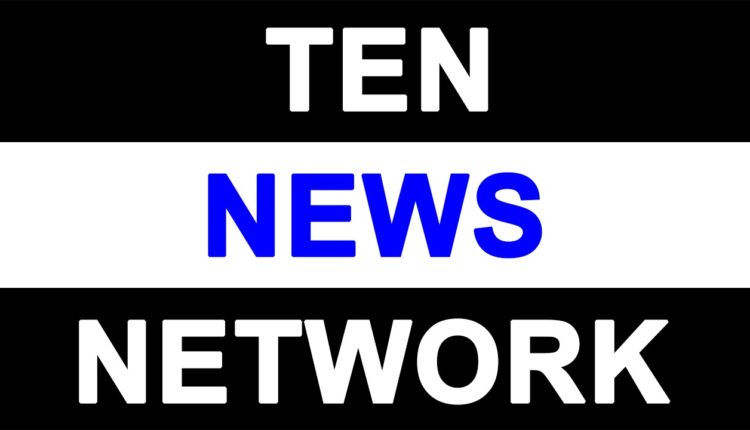NATIONAL SURVEY DAY – THE 10TH APRIL

NATIONAL SURVEY DAY – THE 10TH APRIL
Brigadier (Retd) K.G.Behl
Former Dy. Surveyor General of India
10th April is celebrated as ‘Survey Day’ throughout the Country. Not only in ‘Survey of India’ but all the State Governments and union Territories celebrate this day in a befitting manner. This day has a special significance in the History of Surveying as it is on this day that Major William Lambton started the GTS(Great Trigonometrical Survey) and the work of measurement of Great Arc from the Cape Comorin to Bangalore, on 10th April, 1802 by measuring a ‘Base line’ near observatory at Madras and later extended the arc to further North to Himalayas, to be very precise to Benog in Mussoorie hills. The work was carried on through a variety of tough terrain constituting of steep hills, wide and deep rivers, dense jungles infested with wild animals, insects and above all deadly mosquitoes as there were no chemical sprays available to kill those, especially in jungles. First, to visualize such an arc connecting distant points through an unknown track , difficult to trespass and then measure it on ground, surpassing all difficulties, was a yeoman task. In the process more people died than even in any of the wars. Hats off to persons who carried out such a stupendous task with courage, dedication and devotion without bothering about the obstacle they had to face at the cost of their own lives.
Though maps / sketches are available right from the inception of human beings in different parts of the world but to co-relate them with other regions was a big problem. It is Survey of India who produced a variety of maps on different scales and showed how to co-relate them to meet the requirement of users. But there is a basic requirement of control which binds all together so that maps though on different scales and covering a variety of terrain could be viewed under one perspective to provide a desired picture of the area. What Major Lambton started on 10thApril 1802 was a geodetic control which became the base of surveying in India later.
Geodesy means the investigation of the size, shape and structure of the Earth. The Geodetic work of Survey of India, popularly called ‘Department’ consists of primary (geodetic) triangulation, giving latitude, longitude and gravity determinations etc. From these the exact ‘Figure’ of the Earth is obtained from points fixed by Triangulation which can be accurately located even on its curved surfaces. This system of fixed points holds together all topographical, Revenue and satellite imagery surveys. A good frame work is essential in any large scale surveys and especially for precision work. The main thing is the ‘Base Line’- the line from which start is made, which becomes one of the sides of the initial triangle set up for measuring angles and lengths in surveying called triangulation. It is called Triangulation because the whole system is based on triangles which keep on multiplying as they go ahead taking each line of triangles so formed as base for extension.
Earth, as we all know is round like a ball but is not smooth like it. It is rough all around, spotted with high and low ground, hills, rivers, and a variety of rugged terrain. But for making measurement some smooth surface is required which should almost resemble the shape of the Earth. Sphere we all know and the shape of the Earth resembles an oblate Spheroid and is conceptualized by a Geoid- a gravitational equi potential surface. The Geoidal surface cannot be truly represented by any mathematical expression but is best depicted by a spheroid generated when an oblong ellipsoid is rotated about it’s minor axis. In 1830 Sir George Everest devised such a spheroid to fit in with Geoid over Indian sub Continent- called ‘ Everest Spheroid’ with it’s axis passing through Kalianpur as center. This is not only being used in India but is being used by Pakistan, Nepal, Myanmar, Sri Lanka, BanglaDesh, Bhutan and other south Asian Countries.
The control work is required for making and joining any type of maps on different scales, Topographical or Administrative, whether from satellite imagery or field work, and also for revenue maps prepared by the State Govts on ground. It is done only through control points taken from control network based on GTS. Maps required for Navy are prepared by the Department of Naval Hydrography in India. Requirements of Air Force are met by the Survey of India.
To start with Survey of India carried out all types of surveys picking up all types of details which not only became cumbersome but required lot of skill and hard work. As such different types of works were later separated and different departments of surveying in various fields came into existence. Survey of India controls and supplies all types of aerial and satellite imageries and has since gone digital producing variety of digital maps. Since the control work is still with Survey of India it is pivotal in making of maps where control work is required. With the availability of satellite imageries of very high resolution the mapping has thus become very easy as the imageries themselves serve as maps but the major part is played by control which is needed for joining those imageries together to give correct shape of the map of the area. Of course with the simplification of the GPS system control work too has become easier but needs a check from security point of view.
Survey of India dedicates itself to the advancement of theory, practice, collection and applications of geospatial data, and promotes an active exchange of information, ideas, and technological innovations amongst the data producers and users who will get access to such data of highest possible resolution at an affordable cost in the near real-time environment. However they take up survey projects for State and Other Departments for mapping purposes.
10th April, is generally kept an open day by the Survey of India and State Survey departments where they supply all the information about maps and show how a map is made and how much of effort is involved in its production and demonstrate the latest techniques adopted by the Survey of India in this direction. GPS and Laser beams have made the control work and surveying simpler but need lot of technique and precision besides security measures to ensure that the data do not fall in wrong hands as slightest lapse may do more damage than good.
Maps are required by every one for day to day life and their use can make their life easy and better. Maps should be used in every walk of life for its smooth functioning. No wonder the system of GPS fitted in cars and other vehicles not only guides one to the destination but gives shortest route. The greatest advantage is of knowing the location of the vehicle in which it is fitted so that necessary help/assistance could be rendered as and when required.

